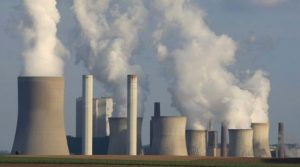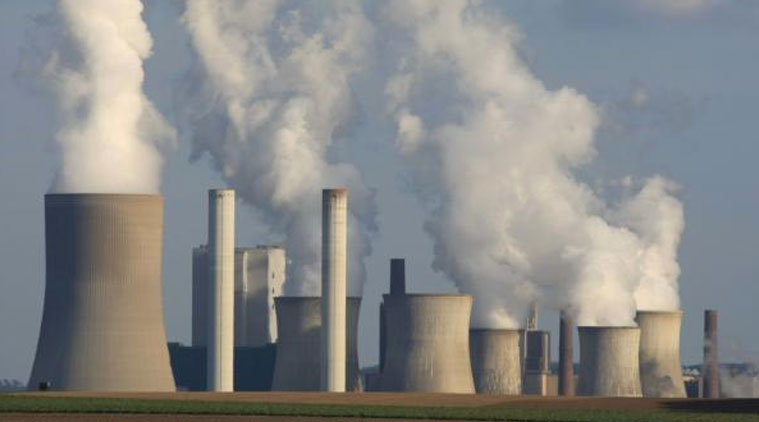Carbon emissions are predicted to fall between 4.2 and 7.5 per cent on last year, as against a rise of 1% that was earlier predicted of 2020 before the COVID-19 outbreak.

With lockdowns imposed in several countries to contain the spread of COVID-19, carbon emissions have seen a significant drop
Global carbon emissions are set to see their steepest fall this year since World War II, thanks to unprecedented lockdown measures enforced around the world to contain the spread of the novel coronavirus.
The Center for International Climate and Environmental Research, in its evaluation of the pandemic’s effect on carbon missions, has predicted that emissions will fall between 4.2 and 7.5 per cent on last year, as against a rise of 1 per cent that was earlier predicted of 2020 before the COVID-19 outbreak.
“In terms of a relative drop, you’d have to go back to the first half of the last century, around WWII. Certainly, in modern times, this is an unprecedented drop,” The New Scientist quoted Glen Peters of the research centre as saying.
With lockdowns imposed in several countries, transportation such as road and air travel has been largely restricted, due to which global energy demands have plummeted. Further, since millions of people are now confined to their homes, domestic electricity demand has elevated as commercial demand has fallen.
But the decline in carbon emissions does not mean it would slow down climate change. “If emissions go down 5 per cent this year overall, given that climate change is a cumulative problem, it basically makes no difference at all,” Peter told the website. A 5% drop is equivalent to 0.001 degree Celsius less warming, he said.
The impact of the pandemic on global energy demands has been analysed before too. Earlier this month, the International Energy Agency (IEA) released a report detailing what it means for CO2 emissions hit by what it has called a “once-in-a-century crisis”.
In the first quarter of 2020, because the most carbon-intensive fuels saw the biggest fall in demand, the decline in CO2 emissions was more than the fall in global energy demand. Carbon emissions were five per cent lower than during the same time in 2019. This year saw an 8 per cent decline in coal emissions, 4.5 per cent from oil and 2.3 per cent from natural gas.
Emissions declined the most in regions which were impacted the highest by the disease. For instance, there was an 8 per cent decline in emissions in China and Europe, and a 9 per cent decline in the US.
As per the report, countries in full lockdown are seeing an average decline of 25 per cent in energy demand per week, while in those with a partial lockdown, the fall in energy demand is about 18 per cent per week. This may not be a reason to celebrate as it is expected that emissions will soar once economies restart, unless governments take a conscious decision to change the sources of energy.



